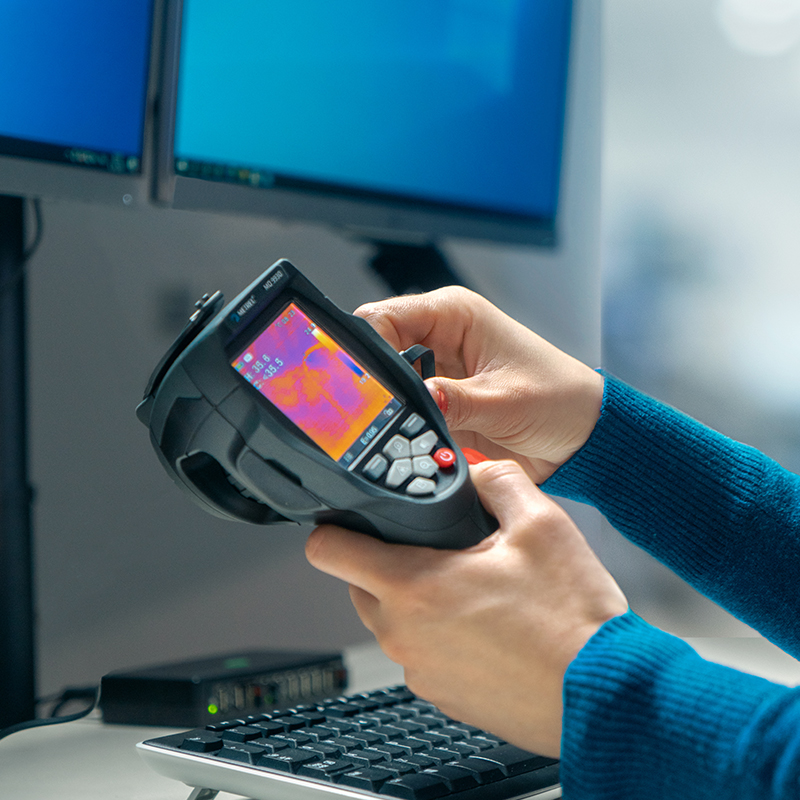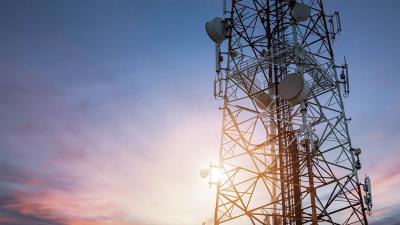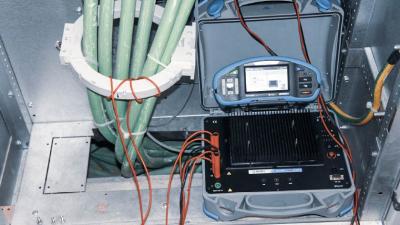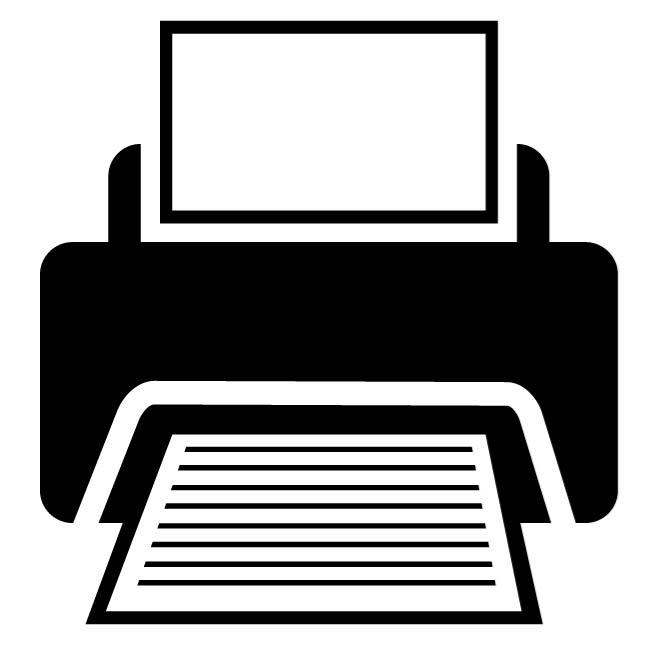Using thermography in electrical installations
Industrial installations

Thermography is a test that uses a camera operating in the infrared spectrum to record heat patterns. IR spectrum has lower frequency than visible light and transfers heat. It can be absorbed, reflected or transferred though objects. When it is ab-sorbed, the object starts to emit it again as it heats and the camera can pick that up. To accurately calculate the temperature of the object from the IR frequency, additional information is necessary: did the object absorb all the IR waves, or did it reflect any from its surroundings? The factor for absorption is called emissivity and it has to be input by hand. Values for different materials are found in tables, but it can also be reasonably easily measured.
Application Notes
Measurements
Ability to see in IR spectrum opens a great number of non-invasive diagnostic options. IR partially shows even through the housing. The most ob-vious application is to search for hot spots that are commonly caused by weakened contacts or mechanical issues in e.g. motors. The bad contacts can be tiresome to find in a large switchboard with electrical measurements alone, however their heat signature will highlight them immediately. This is of course assuming that all are at least approximately equally loaded. Contacts under higher load will always be hotter than those under lower. In thermography context is often the key. It is sensible to create records during commissioning of the facility to be able to compare them with later inspections. Having a reference also means exact temperature measurements are not needed, just comparison of images.

Mechanical issues can be even more difficult to recognise. Motors and generators can regularly operate at quite high temperatures. Unless there is another of the same type and at the same load available, or records of temperatures for the motor under test, the camera cannot determine whether there is a problem at a first sight. The temperature should be measured with higher accuracy then. Emissivity must be set to reasonably accurately too – if possible, measurement is preferred to choosing from tables. The measured temperature is then compared to manufacturer’s data on preferred temperatures for the motor under test.

Metrel offers three model of thermographic instruments. They can all boast a very fast thermal refresh rate of 50 Hz, which makes them com-fortable to use. MD 9930 is the most powerful with 120x160 pxl thermal resolution, manual zoom and powerful firmware. It offers alarms when temperature in the image goes out of defined limits, which is useful for fever screening, but also for any application with limits on temperature. MD 9910 is a more basic variant, small and portable, it still offers 80x80 resolution and some basic settings and saving up to 20 images. MD 9880 is a combined instrument with multimeter and thermal viewer. It does not save the images, but thermal view on the screen can point to locations that need to be measured electrically.
















